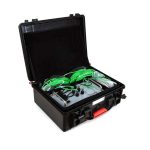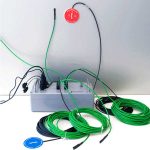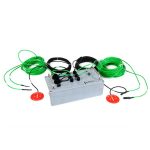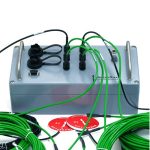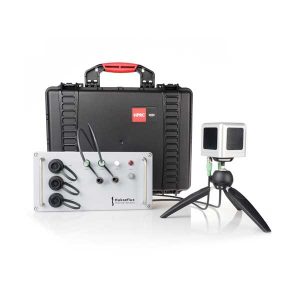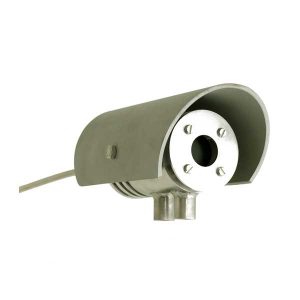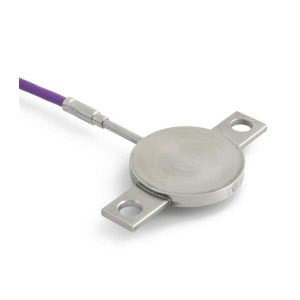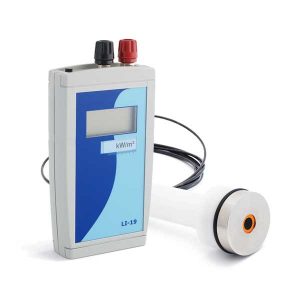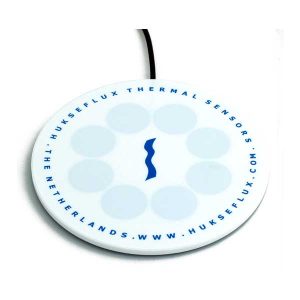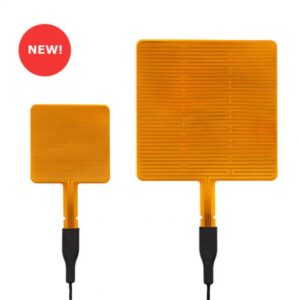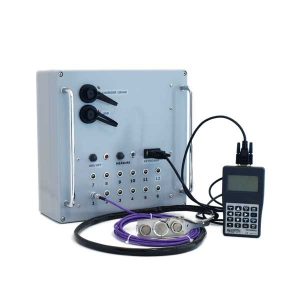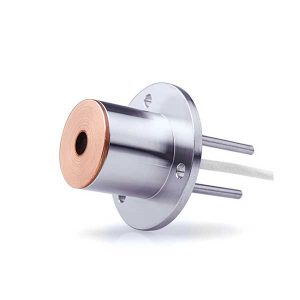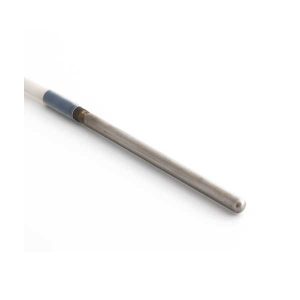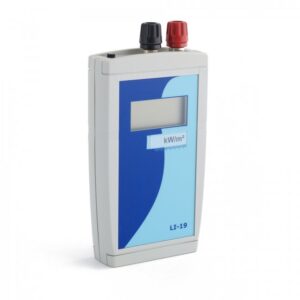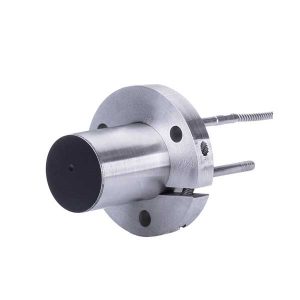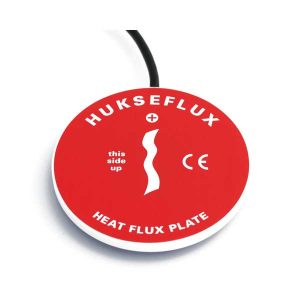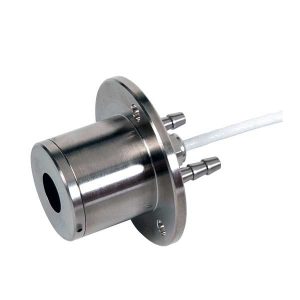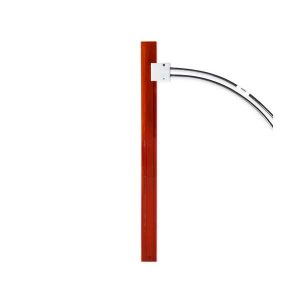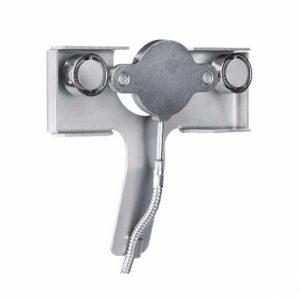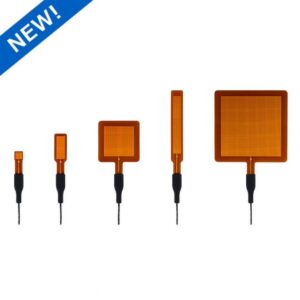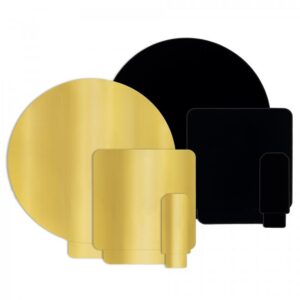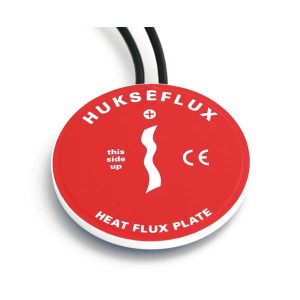Description
 |
Building physicsOn-site measurements of thermal resistance, R, are often applied in studies of buildings. Alternatives are to measure its inverse value, the thermal conductance which is called the Λ-value, or the thermal transmittance which includes ambient air boundary layer thermal resistance, the U-value. The measurements of R are based on simultaneous time averaged measurement of heat flux Φ and differential temperature, ΔT, (using two temperature sensors on each on a different side of the wall). R = ΔT / Φ |
 |
Two or more measurement locationsThe ISO and ASTM standards give detailed directions concerning the measurement method, sensor installation and data analysis. The TRSYS01 system employs dedicated sensors and electronics. Their high accuracy and sensitivity ensure that TRSYS01 will still measure under circumstances where competing systems no longer perform reliable measurements; i.e. down to very low heat fluxes and low temperature differences across the wall. The matched thermocouple pairs in TRSYS01, model TC, measure temperature differences with an uncertainty of better than 0.1 °C over the entire rated temperature range. TRSYS01 includes 2 x HFP01 heat flux plates. HFP01 is the world’s most popular sensor for heat flux measurement in studies of buildings. |
 |
Robust and stableEquipped with heavy-duty components, TRSYS01 has proven to be very robust and stable. It survives repeated installation necessary in this application where measuring systems are typically used at multiple locations. |






